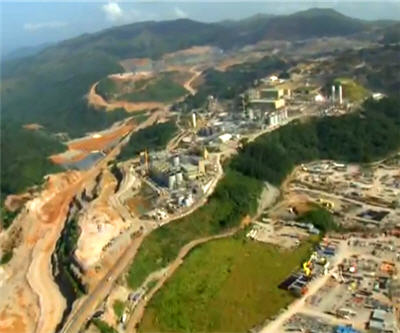
World number one gold producer Barrick Gold (TSE:ABX) in a presentation to the Denver Gold Forum on Tuesday showed just how much fat is being taken out of the company.
The Toronto-based miner said it has reduced its 2013 guidance for all-in cash costs by a full $100 per ounce and that 75% of this year’s production will be mined at a cost of less than $800 an ounce.
That compares to an industry average of $1,200 – $1,300.
Barrick is focusing its efforts on just five core mines, all of them in the Americas.
The mines – Cortez and Goldstrike in Nevada, Veladero in Argentina, Lagunas Norte in Peru and Pueblo Viejo in the Dominican Republic – will generate 60% of the company’s output at a cash cost of $700 an ounce.
The presentation also detailed the company’s new-found focus on returns for investors and budget discipline – 2013 will see a $2 billion cut to capex and costs across the organization.
The company offloaded three high-cost mines to Gold Fields last month and further “portfolio optimization” is planned.
10 Barrick mines have cash costs exceeding $800 and the likes of its Porgera mine in PNG and Plutonic in Australia among others are being re-evaluated and may be sold.
New life of mine plans are now being based on a gold price of $1,100 as the company adjusts to a lower metal price environment.
The company also provided an update on its troubled Pascua-Lama project straddling the border between Chile and Argentina.
Barrick is cutting capex costs by $1.5 – $1.8 billion at the project which is expected to produce 800-850 Koz and 35 Moz of silver in its first five years at costs estimated to be in the lowest quartile in the industry.
Barrick now expects first ore available from Chile by mid-2016. Subject to permit approvals of course.
Barrick shares on the Toronto big board trended higher on Tuesday, but the $18.5 billion counter is still down 47% for the year.